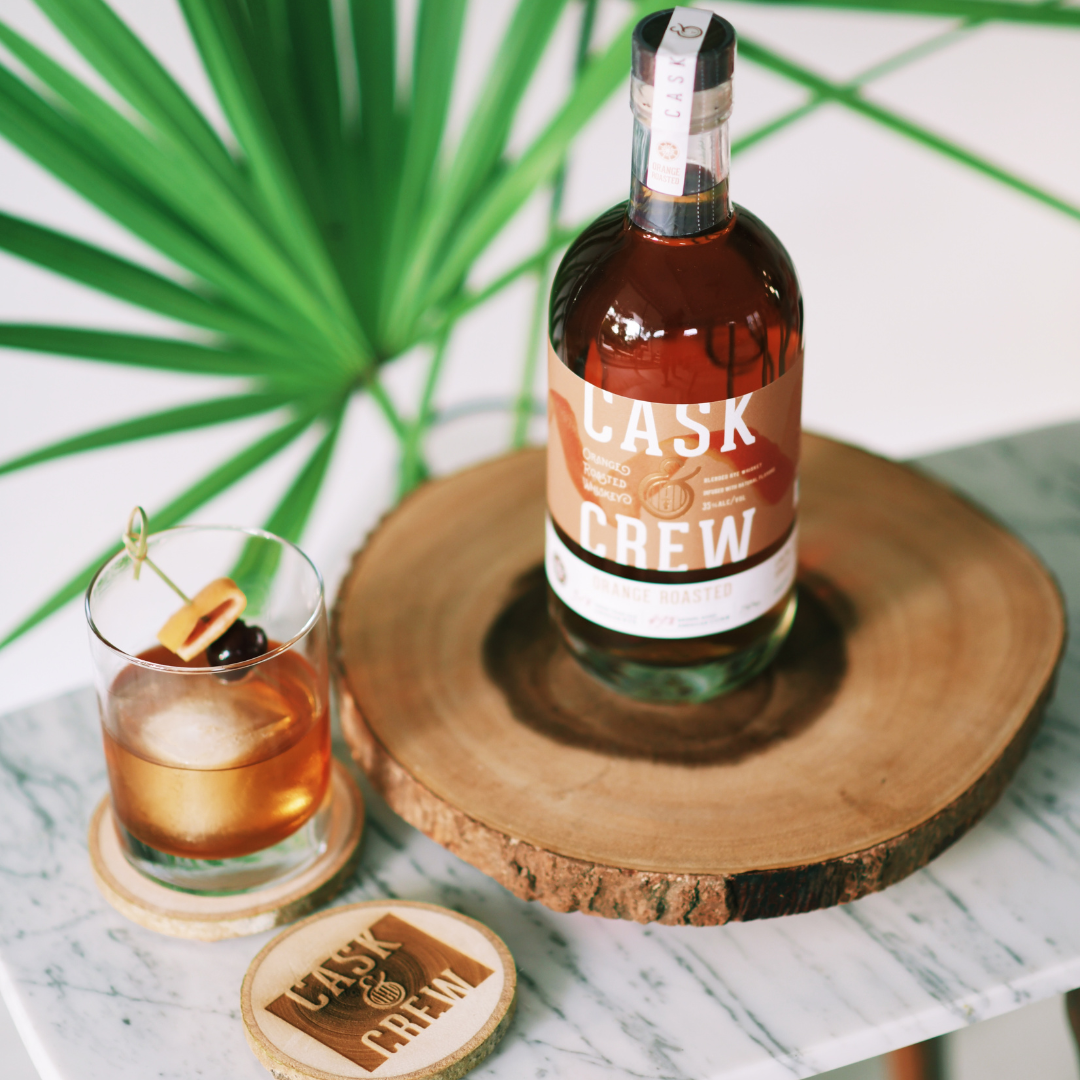In the marketing world, images play a crucial role in attracting and engaging customers. Whether it's for advertising and paid media or organic posts, the creative used can have a significant impact on the effectiveness of the message conveyed and the brand's long-term success. However, differences in goals drive the difference needed in paid media vs. organic media creative.
Advertising and Paid Media:


When it comes to advertising and paid media, the primary goal is to drive conversions and sales. The creative used in these campaigns must be attention-grabbing, visually appealing, and have a clear call to action. Since paid media is targeted, the images used must also resonate with the target audience and speak directly to their needs or desires. These images are often highly polished, professionally shot, and perfectly edited.
For example, if a company is advertising a new product, they might use images highlighting its unique features, such as design, usability, and differences from the others on the market. They might also use images of people using the product to help potential customers visualize themselves using it. These images are usually bright, colorful, and eye-catching, designed to grab attention and motivate potential customers to take action.
In addition to being visually appealing, paid media images must be highly optimized to capture viewers' attention and stand out in a crowded social media environment. Since users scroll through their feeds quickly, paid media images should be striking and optimized to stop people in their tracks by catching their eye. Therefore, the images used in paid media campaigns are typically bold, bright, and eye-catching, with a clear call-to-action and messaging.
Organic Posts:


Organic posts, on the other hand, have a different goal. The primary objective of organic posts is to engage with the audience, build brand awareness, and foster a sense of community. The images used in these posts must be relatable, authentic, and visually appealing. Unlike advertising and paid media, organic posts have a more personal touch and can be more casual in their approach.
For instance, a brand might use images that showcase their company culture, such as photos of recent live events or behind-the-scenes snapshots of its location or office. They might also use user-generated content, which can help build a sense of community and foster engagement with their audience. These images are often focused on brand aesthetics and can be less bold than those used in paid media.
Organic posts focus more on building a brand story and maintaining a presence in today's market. The images used in organic posts are meant to be relatable and authentic, helping to build a connection with the audience. These images are designed to showcase the brand's human side and communicate its values and personality. Therefore, organic images tend to be more story-driven and engaging, reflecting the brand's overall messaging and style.
Overall the differences in image creative used for advertising and paid media versus organic posts are significant. While the primary goal of advertising and paid media campaigns is to drive conversions and sales, organic posts focus on building relationships and fostering engagement. The images used in each approach reflect these differences in goals and can vary in their style, tone, and message. Understanding these differences is essential for creating effective marketing strategies that resonate with your brand's target audience.
Written by:
Gabi Degen-Nosek
Paid Media Specialist at Speakeasy Co.


